The teething is a natural process that every person has to go through once in infancy and once in childhood. While this process is uncomfortable, it shouldn't be distressing. Often times, parents can help their children relieve the pain of teething.
What is the teething?

The term teething, too dentition called, in humans and other mammals, denotes the eruption of teeth from the jaw. The mucous membrane overlying the tooth becomes thinner and thinner so that it can advance more easily. As soon as the mucous membrane has completely opened, the tooth is completely released.
Teething occurs twice in every person. The first teething is called lacteal dentition. This is the eruption of the milk teeth, which begins in infancy from around six to ten months. The use phase of milk teeth ends around the age of six. The change from milk teeth to permanent teeth is called permanent dentition and takes place in people between the ages of six and 14.
However, the time for teething cannot be determined across the board. When the first milk tooth actually erupts and when its use phase ends, depends entirely on the physical growth and the size ratio of the jaw and skull of the individual person.
Function & task
The first milk teeth are already created during pregnancy. The tooth buds develop between the sixth and eighth week of pregnancy, which form the basis for the future milk teeth. It can take around two to four years for the deciduous dentition to fully develop.
Usually the first teething begins in the sixth month of life. With an early development, the children get their first milk tooth as early as three months. On the other hand, children developed late do not start to teething until they are one year old.
The baby is usually given solid food for the first time with the first tooth. The lower central incisors are usually the first to break through. These are then followed by the upper incisors and the side teeth. Only towards the end of the lacteal dentition do the molars and canines emerge. By the end of the third year of life, the child should already have 20 shiny milk teeth.
When the roots of the milk teeth are broken down, the alveolar bones and the tooth-holding apparatus dissolve first. In this way, the root of the tooth becomes loose, after which it becomes completely detached from the jaw. First, the osteoclasts and dentoclasts are involved in the destruction of the hard substances. Then the fibroblasts and phagocytes are responsible for the dissolution of tissue structures in the root.
The second dentition sets in between the ages of six and 14. The development of the permanent dentition can take up to 12 years on average. In the permanent teeth, too, the central incisors break through first.
The eruption of wisdom teeth, however, does not count as a second dentition. Because this only takes place in adulthood and only when the wisdom teeth are in the jaw from the start.
You can find your medication here
➔ Toothache medicationIllnesses & ailments
Teething is a completely natural process that starts by itself and normally does not require any treatment. Sometimes teething is also accompanied by severe pain.
In many children, a round face indicates teething as the gums swell up. Often this is also very red. The first pressure often occurs when the hidden teeth slowly emerge. Babies in particular are very sensitive to the pressure that occurs during teething. This is why they often have a whiny reaction to teething pain or suffer from loss of appetite.
As soon as the baby puts his fingers, his whole fist or any toy in his mouth, the first baby teeth will appear. In this way, it subconsciously tries to relieve the pressure. Children can also develop diarrhea or a fever while teething, although teething does not make you sick. However, the child needs almost all of its energy for teething. As a result, the immune system is more susceptible and the slight, required inflammatory processes of the deciduous tooth root dissolution can challenge the body.
Parents can help the child by massaging the gums with clean fingers or special silicone finger cots from the pharmacy. Chewing on hard objects such as plastic spoons, carrots, or apple wedges can also relieve pain. Alternatively, special teething rings made of polypropylene, polyethylene or wood can have a calming effect. If the little ones are suffering from teething pain, homeopathic remedies can be given.
The second dentition can also cause discomfort in older children. Because it often happens that the falling milk tooth wobbles but is still stuck. Then the child suffers a lot from the teething pain because the tooth simply does not want to come off the gums. In the worst case, this has to be pulled by a dentist.
As soon as the first milk teeth become loose, parents can help their children with thorough cleaning and regular, gentle shaking. This makes it easier for the teeth to be removed. If symptoms of inflammation occur during teething, rinsing with chamomile tea has a soothing effect. If a school-age child has severe teething pain, they can also take a small dose of paracetamol in an emergency after consulting their doctor.

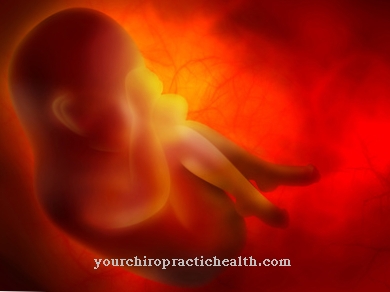
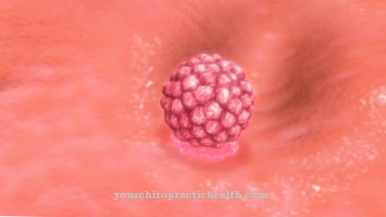
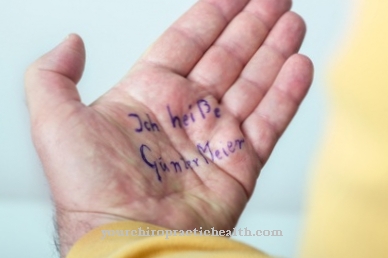
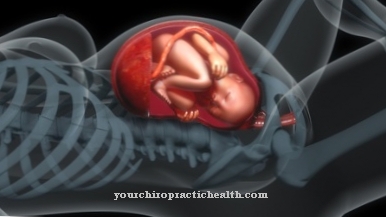

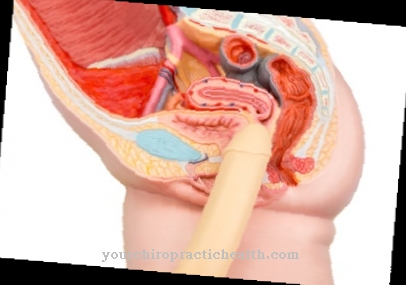

















.jpg)



